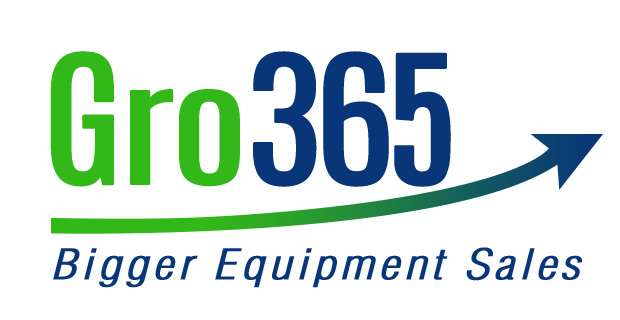 Bank robber Willie Sutton (1901-1980) did rather well at his profession: Over the course of his career he made off with an estimated $2 million. Sutton is famous for … a pithy rejoinder … about why he robbed banks. (He) replied: “Because that’s where the money is.”(1)
Bank robber Willie Sutton (1901-1980) did rather well at his profession: Over the course of his career he made off with an estimated $2 million. Sutton is famous for … a pithy rejoinder … about why he robbed banks. (He) replied: “Because that’s where the money is.”(1)
We aren’t recommending that you become a bank robber, but maybe it’s time for you to focus your sales efforts on where the money is too. If you rank in descending order the annual purchases of the equipment buyers in North America, you will discover that on average the buyers in the top 20% spend 16 times more on equipment than the average buyer in the remaining 80%. (see $16 to $1…Your Choice). For equipment sellers the money is in the top 20%.
“But wait!” you say. “Bigger businesses are harder to sell and the deals take longer to close.” That is true. But are they 16 times harder to close and is the sales cycle really 16 times longer? No, not really. I think the bigger issue is how do I get into bigger companies and how do I differentiate my company from the competition.
How do I get into bigger companies? BuyerZone and lead generators like them are not going to get you there. Someone has to make the contact. Do some asking and learn who the decision makers are and when they plan to purchase next. In other words, someone has to ask. You have two options to get that done. You can do it yourself, or you can hire someone to do it for you
How do I differentiate our company from the competition? We think the best answer to that question is by being truly different. By asking the Big Questions. Let me explain.
I don’t know how many steps there are in your selling sequence, but I do know that there are four steps in our customers and prospect’s buying sequences. Step 1 is dissatisfaction. People don’t change (i.e., replace or repair their equipment) until they become aware that the equipment, or service they have is no longer meeting their needs. Until they realize that they are dissatisfied they have no reason to change. We’ll come back to this in a minute because that is where the Big Questions come in.
It is only after your customers and prospects realize that they are dissatisfied that they are open to considering a change. Step 2 is recognition. The purpose of asking Big Questions is to help people recognize their dissatisfaction. Only after they recognize they are unhappy, are they prepared to explore other solutions.
Step 3 in the buying process is evaluation. It is at this point that customers and prospect’s begin to evaluate or differentiate us and our product/service offering based on the value we created for them earlier in Step 1 by asking the big questions.
Step 4 is implementing a solution by actually making a purchase. Just like you and I do, customers and prospects make their purchase decision based on which seller they believe can deliver the greatest value. I think you get it, but let me demonstrate how asking the Big Questions gives you great influence over your customers and prospect’s entire buying process.
Big Questions position you as both a though leader and a value creator. Some examples of Big Questions are:
- Asking them how the product/service they have now is failing to address their needs.
- Explore what they want. What is it that they are looking for or need that they are not now getting?
- Get them to tell you how getting that would resolve their problem.
- What is it that they need to be able to do, that they can’t do now?
- Find out who (besides themselves) is going to be involved in the decision making process and what their needs are.
As long as you’re asking these types of questions, exploring their dissatisfaction and helping them to recognize the need to change, you are not selling nor pitching. You are on their side of the table exploring their problems, and it’s a powerful selling skill to develop. Stand in their shoes for a minutes. How would you feel if you were in their position and you met with an outsider who really understood your issues and business challenges? Wouldn’t that deliver value and wouldn’t you feel good about that outsider? I think you would, I know I would.
Here’s how you can get started:
- Don’t experiment on the 20% Begin by developing and practicing your Big Questions on your customers and prospects in the 80% group. Once you are comfortable with the process and your Big Questions are producing the desired results then you’ll be ready to move up to the businesses in the top 20%.
- Make arrangements with your sales reps or someone who knows how to “ask” outside your distributorship to begin setting appointments.
You don’t have to take our word for it. Try it yourself. Go to work; experiment on your customers and prospects in the bottom 80%. When you’ve got your Big Questions and your technique worked out then go where the real money is. Go after the top 20% and watch your distributorship’s revenue grow. Take the first step today. Don’t put your better future off any longer.
We are Growing Marketshare 365 and we are the largest provider of Unlimited Exclusive Leads to equipment distributors throughout North America. If you would like to have a conversation with us about how we can help you grow your revenue, please click here.

